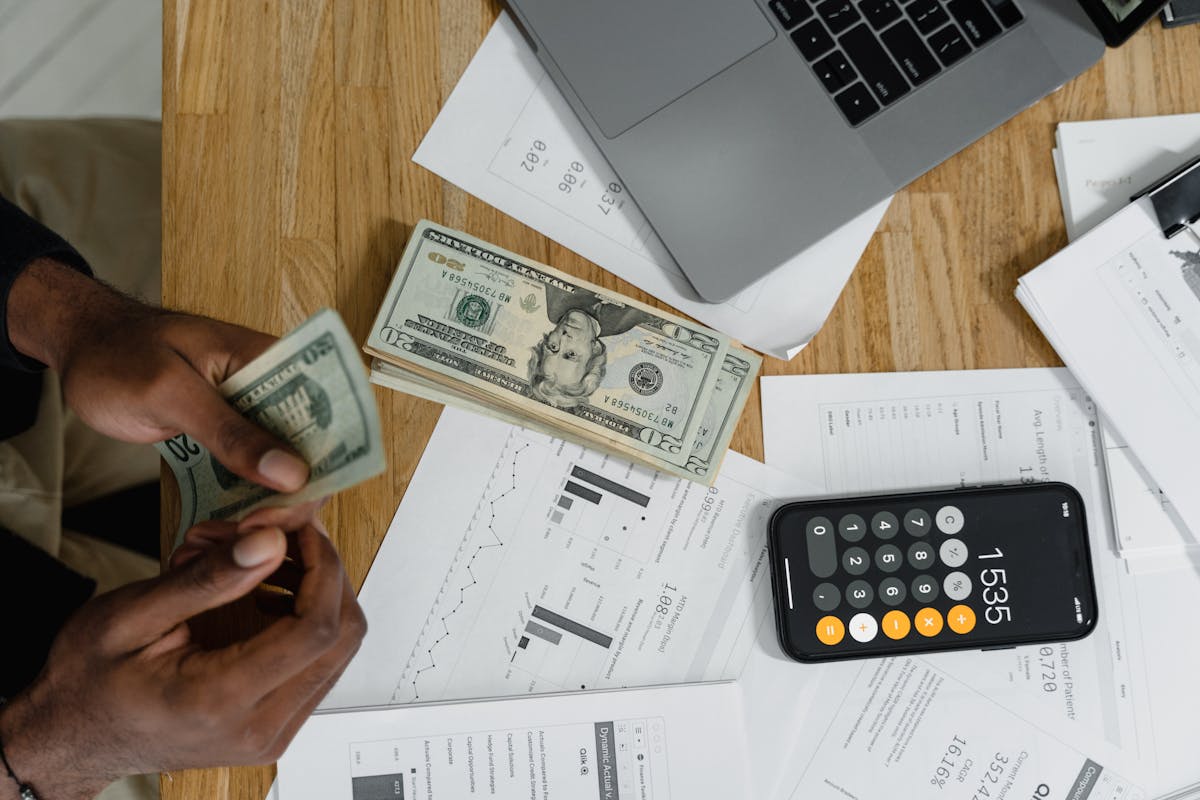Credit cards are now pervasive financial instruments, providing ease, benefits, and adaptability. Nevertheless, the influence of utilizing credit cards on individual financial wellness is intricate and diverse. Understanding how credit card habits impact your economic prosperity is crucial for making informed choices that foster enduring stability and development.
How Credit Cards Function: Lending Funds with an Associated Charge
A credit card allows the holder to make purchases or payments by borrowing funds up to a predetermined limit. The issuing bank pays the merchant, and the cardholder repays the issuer, typically on a monthly cycle. If the balance is not paid in full by the due date, interest is charged on the remaining amount. The annual percentage rate (APR) on credit cards can range widely, often from 15% to 30%, making any prolonged balance an expensive form of debt.
Positive Effects: Building Credit and Earning Rewards
1. Establishing a Credit History: Using credit cards responsibly is pivotal in building a positive credit history. Timely payments and maintaining a low credit utilization ratio can significantly improve your credit score. For young adults or those with limited credit backgrounds, credit cards often serve as an entry point to credible financial standing.
2. Access to Rewards and Benefits: Many credit cards offer rewards such as cashback, airline miles, or points redeemable for merchandise. For example, a card providing 2% cashback on all purchases can amount to substantial savings over time if you pay off balances monthly.
3. Enhanced Security and Purchase Protection: Credit cards frequently offer fraud protection, along with purchase insurance and extended warranties. Should unauthorized transactions occur, the majority of issuers quickly settle disagreements, thereby reducing potential financial setbacks.
Potential Risks: Debt Accumulation and Interest Costs
1. High-Interest Charges: Carrying a balance from month to month leads to interest compounding, making debts balloon over time. An outstanding balance of $5,000 at a 20% APR would incur approximately $1,000 in interest per year if not reduced. This burden can hinder saving and investment efforts.
2. Adverse Effect on {{Credit Scores}}: Delayed payments, elevated credit utilization rates (the proportion of your available credit being used), and numerous requests for new credit negatively affect {{credit scores}}. A diminished score can elevate borrowing expenses and restrict entry to advantageous financial offerings.
3. Psychological Pitfalls and Excessive Spending: Various research, including that conducted by behavioral economists at MIT, has indicated that people are inclined to expend more when utilizing credit cards versus physical currency. The intangible quality of plastic money can lessen the perceived worth of funds, potentially resulting in spontaneous purchases and personal debt.
Case Study: Two Approaches to Credit Card Use
Consider the financial paths of two imaginary people, Emily and David. Emily utilizes her credit card to accumulate reward points, always settles her full balance, and keeps track of her expenditures. Her credit score improves, allowing her to obtain a reduced interest rate on a home loan. She benefits from more than $300 in yearly rewards and takes advantage of her card’s travel insurance perks.
David, conversely, frequently relies on credit cards to cover financial gaps, making only the minimum payments, which leads to a $7,000 debt. Annually, he ends up paying $1,400 in interest and encounters denied loan requests because of a low credit score. This situation escalates his financial strain, affecting his overall well-being and future prospects.
Strategic Application for Peak Fiscal Well-being
1. Settle Balances Completely: To steer clear of substantial interest charges, aim to clear your entire outstanding balance each month. This practice helps avert the buildup of debt and guarantees that the advantages—like rewards, buyer protection, and enhanced credit standing—surpass any potential drawbacks.
2. Monitor Spending Patterns: Use budgeting apps or set alerts to track your spending. This approach helps prevent unconscious overspending, ensuring that purchases align with your budgetary goals.
3. Maintain a Low Credit Utilization Ratio: Experts recommend keeping your utilization below 30% of your credit limit. For example, with a $10,000 credit line, keeping your monthly balance below $3,000 can positively influence your credit profile.
4. Avoid Unnecessary Credit Applications: Each new credit application results in a hard inquiry on your credit report, which can temporarily decrease your score. Limit applications to when you genuinely need additional credit.
5. Utilize Cardholder Benefits Wisely: Get the most out of the rewards and advantages your card provides, but avoid altering your spending patterns just to accumulate points. Examine the card’s fee schedule to confirm that it doesn’t exceed the value of the rewards you gain.
External Influences and Community Developments
The extensive use of credit cards has impacted the financial conduct of households. In the United States, the Federal Reserve indicated that by 2023, the typical household credit card debt exceeded $7,000, reaching an unprecedented peak. Although credit availability can foster economic involvement, an uncontrolled rise in unsecured debt has been associated with higher bankruptcy figures and financial instability.
The cultural understanding of credit also holds significance. In nations where credit utilization is commonplace, like the United States or Canada, people might experience social pressure to own high-end cards or accumulate debt to uphold their lifestyle, which further complicates the equilibrium between establishing good credit and excessive borrowing.
Credit cards, when used with discipline and a clear understanding of their mechanisms, can serve as effective financial tools for building credit, earning rewards, and gaining security protections. However, misuse carries the risk of costly debt, reduced creditworthiness, and long-term financial strain. Navigating the complexities of credit card use requires not just mathematical acumen but also behavioral awareness and strategic planning, fostering financial habits that support stability and resilience throughout varying economic cycles.






